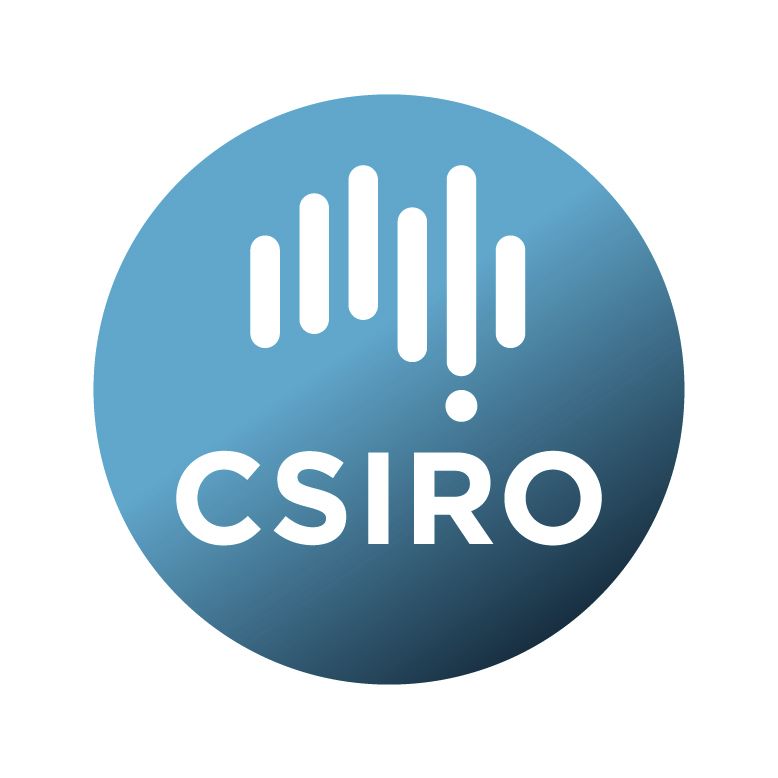Brief description
Data were collected as part of the FutureReef MAP project, a three-year project designed to monitor ocean chemistry along the entire length of the Great Barrier Reef. The Future Reef MAP project is funded by Rio Tinto Alcan and administered by the Great Barrier Reef Foundation, with an equal co-investment by CSIRO. The project is the first large-scale CO2 observing system established on the Great Barrier Reef using the Rio Tinto ship, RTM Wakmatha. The research is targeted at providing information on the CO2 uptake and the controls on ocean acidification change in the region. It is providing foundation data needed to assess the vulnerability of the GBR reefs to ocean acidification. This dataset contains quality controlled underway measurements of the fugacity of CO2, atmospheric pressure, and sea surface temperature and salinity. The data management and distribution of these data were supported by the CSIRO Carbon Collaboration Cluster and the Australian Coastal Ecosystem Facility.Available: 2016-12-20
Data time period: 2015-05-18 to 2015-05-28
Subjects
Earth Sciences |
Future Reef MAP |
GBR |
Oceanography |
Oceanography Not Elsewhere Classified |
pCO2 |
underway |
User Contributed Tags
Login to tag this record with meaningful keywords to make it easier to discover


